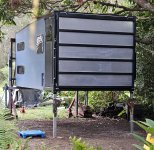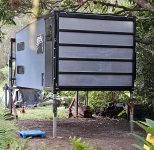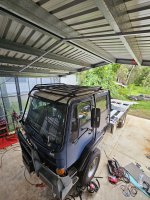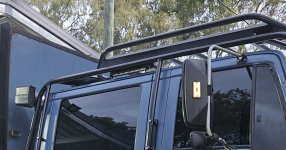With the go faster pedal down you can hit 17psi from 1400 to 2500rpm. The wastegate is set to ~17.5 so it may otherwise be higher. From 2500 to 2700rpm boost falls to about 16psi.
I let the EGTs get to 550*c and then back off. That happens on 1km plus at 5 degree incline or larger inclines. Interestingly at 86kph (2500rpm) it stays cooler longer than at 80ish kph (2350rpm).
Very interesting.. having to back off on hills is so annoying and distracting.
More revs = lower EGTS because of higher air flow.
On 4btswaps and the Cummins forums they say that EGTS of about 1200*f sustained up hills are ok, subject to coolant temps staying acceptable. Even if you tuned your engine to limit max EGT to about 600*c 1100*f seems fine.
Only really two ways to go from here, more air or less fuel.
You could bump up the boost by a few psi, hit that same hill to see if EGTs are reduced.
You could drop a gear and scream up the hill at 3000rpm, or reduce the fueling, but wheres the fun in that?










